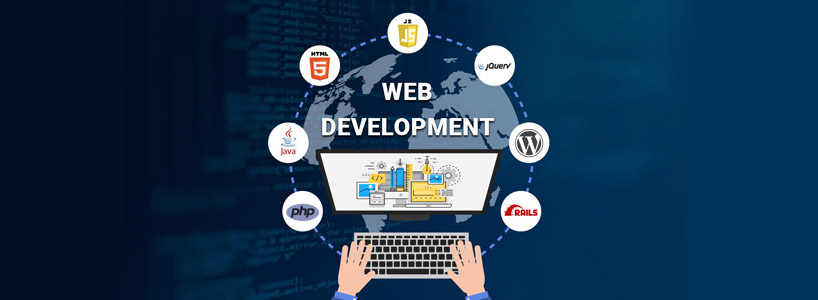Web Development Lifecycle, as the name suggests, refers to the framework for developing any website. It is quite different from general application development. It helps the client as well as the web development team to identify the status of any web development project. It also throws light on what is the next step to be taken. The process of web development is a simple one and can be easily carried out in Three Simple Phases.
First Phase
The web development cycle begins with the initial consultations to have a clear understanding about the scale of web development, web design & its feasibility, required delivery schedule and the cost of the project. Here, the project specifications including applicable business rules and outputs, implementation of the system and other business requirements that are effectively established between the client and web designing team. The documents finalized in this stage form an important element of the web development cycle.
Second Phase
This concerns the development of website architecture comprising of the software and hardware requirements for delivery of the web application, which can support the final website in a robust and reliable manner. This is done while taking account of the likely growth of data volumes, visitor numbers web traffic, and functionality. The important factors discussed in this stage are:
- Operating System
- Web And Application Development Language
- Database Management System (DBMS)
- Hardware / Hosting Environment that is most appropriate
During the web site design cycle, mock-ups or prototypes of the screens plus system walkthroughs are decided. These help in understanding the working of website from the point of view of the users and administrators. Then collation of content then takes place, wherein the required graphic or textual content is developed as per the requirement of the client. Administration functionality is also included and defined.
Final Stage
It consists of testing and quality assurance which comprises of:
- System and volume testing
- User Acceptance Testing (UAT)
- Cross-browser and security testing
- Sign-off
This ensures the creation of a high quality website for the client. The last step in the cycle is the launch of the website. Herein the website is deployed to the production environment and opened to the relevant users. Clients are usually provided a period of warranty and a support agreement which is pre-decided with the consent of the client. The process can vary in certain specific conditions but the basic Web Development Lifecycle proceeds as mentioned here. With latest techniques and platforms coming to the fore, the web development lifecycle is set to become even simpler and cost-effective than before.


3 thoughts on "Web Development Lifecycle"
Matt
09 January, 2012 at 7:14 pm
I loved your Blog! The information is great keep it up.
Cancel
Reply
alan dsuza
03 June, 2011 at 12:58 pm
Wow! So wonderful, I like it, thanks for sharing this with us. Congratulations! You have the wonderful writing & presenting skills. I am hoping in future same work from you. Thanks once again.
Cancel
Reply
Linda Marin
27 May, 2011 at 9:49 pm
Outstanding post however, I was wondering if you could write a little more on this subject? I'd be very thankful if you could elaborate a little bit further. Bless you!
Cancel
Reply